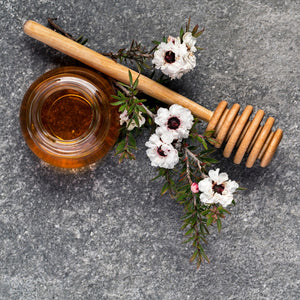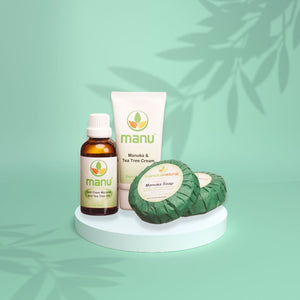
Velvet Antler (Lu Rong) History and Uses

Velvet antler, the soft new antler growth from red deer has been an important part of Traditional Chinese Medicine (TCM) for more than 2000 years where it is commonly known as Lu Rong with the pharmaceutical name Cervi Cornu Pantorichum.
Lu Rong has traditionally been prescribed in Asia to treat yang deficiency syndromes and has been sold powdered or in sliced form where it is boiled in water and consumed as a form of tea.
Lu Rong is held in very high regard in TCM alongside Ginseng and is used to treat a wide range of conditions often mixed with other herbs for specific conditions.
Today, as its effectiveness is beginning to be understood and used in Western countries it is most commonly sold as a spray concentrate or in capsule form.
While it is most popular as a health tonic and arthritic joint treatment, it has also become popular with high performance athletes where stamina and recovery are vital. For a time Velvet antler or Lu Rong spray was banned by the Major League Baseball because it contains traces of the growth hormone IGF-1, however this ban has now been lifted with a warning that athletes should be careful about taking substances containing IGF-1.
In the meantime Lu Rong continues to gain an increasing following amongst older people suffering from painful joints with the support of the USFDA who approve its use “to support healthy joint function”
Further development has taken place in New Zealand where Velvet Antler is combined with NZ Green Lipped Mussel specifically for arthritic joint treatment where it undergoes a patented bio-active process making it over 70% available to the body compared to traditional processes which only provide a 17% uptake of the vital compounds.
Several formulas are available including highly successful products specifically formulated for pet dogs and cats, eliciting great support from veterinarians who are increasingly prescribing and recommending it for their patients.


